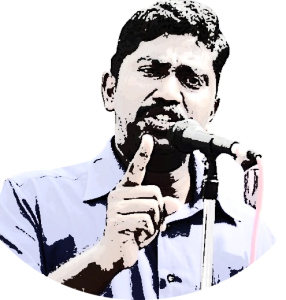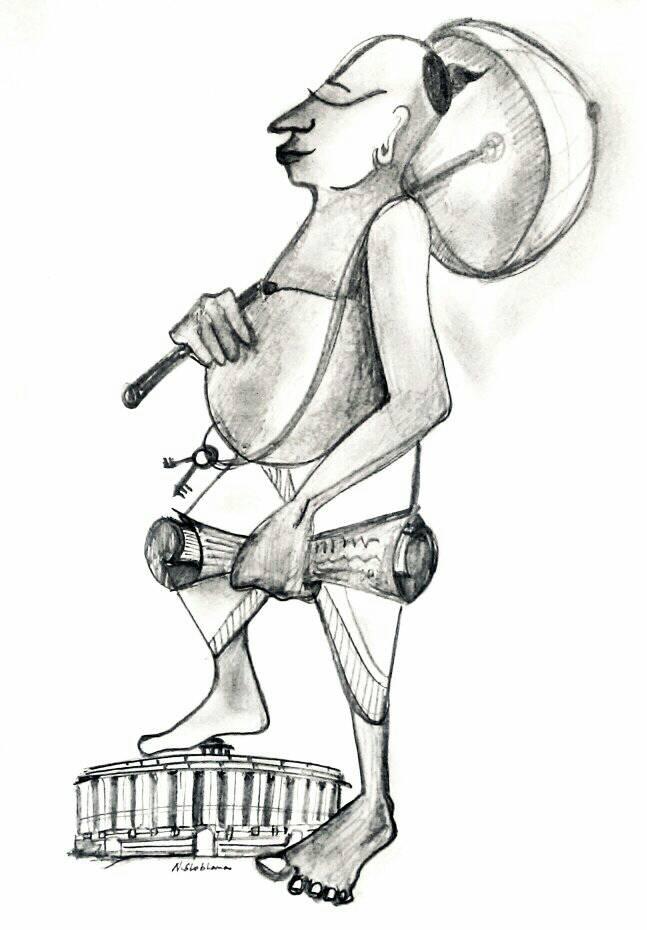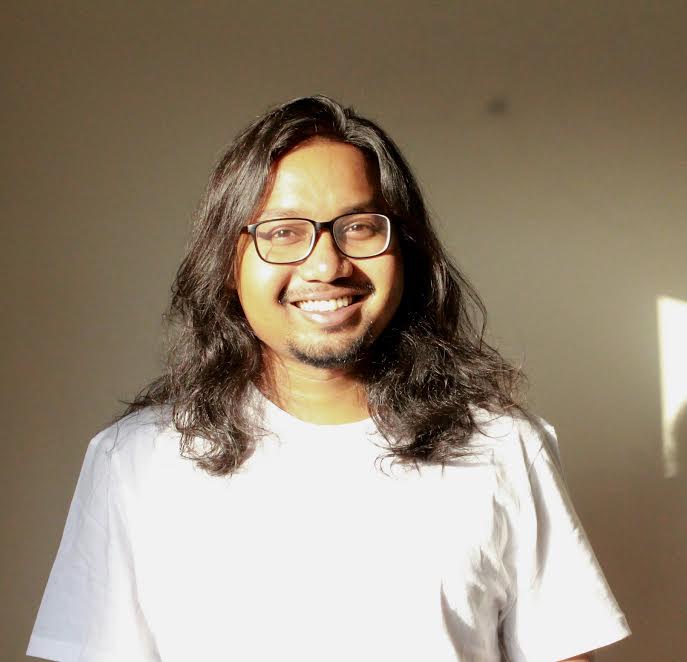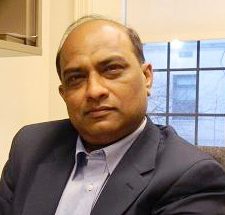Ravi Chandran and James Michael
(For Dalit Camera: Through Un-Touchable Eyes)
“Dont call me a victim, I am an immortal…if you have guts bury my body in the middle of the city” – Kalekuri Prasad.

The self-immolation of Arunthathiyar leader Neelaventhan and the brooding silence over it cannot be reduced to an issue of discrimination faced by ‘Dalits’ in Tamil Nadu and have to be seen within a larger perspective. Neelaventhan was a trained lawyer and dedicated his life to running ‘Adhi Thamizhar Peravai‘, an organisation that spearheads the cause of castes traditionally sidelined by mainstream discourses. Although he was born as an Arunthathiyar, a caste which languishes at the ‘bottommost’ rung of the caste system that flourishes on graded inequality, he strove to keep his Arunthathiyar identity at a distance throughout his life and dedicated his life and work to the study of Ambedkar and Periyar.
Although Neelaventhan spoke about the deprivation faced by Arunthathiyars, he never spoke openly against a section of relatively empowered members of other Dalit castes, like Pallars and Paraiyars, who are often accused of exhausting the liberatory potential of their Dalit identity and usurping the reservation benefits belonging to the scheduled castes. However, when he spoke of Arunthathiyars he was acutely aware of the social backwardness faced by his community members, including issues related to scavenging and ‘sub’-classification of SC reservation. Even on his deathbed, he only spoke of the backwardness faced by Arunthathiyars. “Arunthathiyars are educationally backward and very few enjoy stable employment. The few among the Arunthathiyars who are educated remain jobless. I have been repeatedly speaking on these issues and have put forth various demands before the government to no avail. To create awareness among my community about our pathetic condition, I immolated myself,” he said on his deathbed.
This could be the first time in the history of various caste movements that a state-level leader of a community has sacrificed his life for the cause of inner-reservation among Dalits. However, it remains to be seen whether his death would bring the much-needed attention to a problem that has been persisting among Dalits in our country for a while. Although several hundred studies have been completed on how Dalits are being routinely discriminated, very few among these studies have tried to understand caste discrimination within Dalits themselves. Discriminations meted out to castes like Arunthathiyars, according to activists, by other Dalit castes include untouchability, a ban on inter-caste marriages within Dalits and usurping of reservation benefits equally available to all untouchable castes. Adhiyaman, founder president, Adhi Thamizhar Peravai, has spoken about how the three-tumbler system is practiced at teashops in certain villages in Tamil Nadu, “one for the caste Hindu, one for the Arunthathiyar, and one for the non-Arunthathiyar Dalit”.
A survey conducted by the Navsarjan Trust and the Robert F. Kennedy Centre for Justice and Human Rights in Gujarat has found that in rural Gujarat, while 98 forms of untouchability is practiced by caste Hindus against Dalits, 99 forms of caste discrimination is found within ‘Dalit ‘sub’-castes’. Although we agree with the findings of the study, we reject the term ‘sub-caste’ to denote castes traditionally grouped under the category of ‘Dalits’. One of the reasons for this rejection, apart from the categorical error that this usage signifies, is that when relatively empowered castes among the untouchables raise political issues, they are easily categorised as issues that universally affect members of the Dalit community, and when scavengers raise issues pertinent to them, it gets signified as a ‘sub-caste issue’. In fact, ‘Arunthathiyars’ are a caste in itself, and most often than not, the category of Dalit and SCs are floated to provincialise this identity.
The rights of many of the lowest-of-the-low castes in India are brutally suppressed and the members of these castes are denied their rightful opportunity in government services and other employment avenues. The battles waged by these castes never become part of the dominant Dalit discourse. For example, the issue of scavenging is reduced to a problem solely to be dealt by the respective scavenging caste, be it the Mehtars, Bhangis, Rellis or Valmikis. The issue is compounded by the fact that there are hardly any educated members from these communities who are articulate enough to understand these problems and formulate adequate solutions. In this context, in memory of the services rendered by Neelaventhan for the scavenging castes, ‘Dalit Camera‘ pledges to take up problems faced by the scavengers, along with the political issue of inner-reservation and sub-classification, strongly. We feel that discriminations faced by communities within the Dalit fold have to be brought out, if only to bring out in full force the liberatory potential offered by the identity of ‘Dalithood’ to millions of untouchables in India.
~~~










